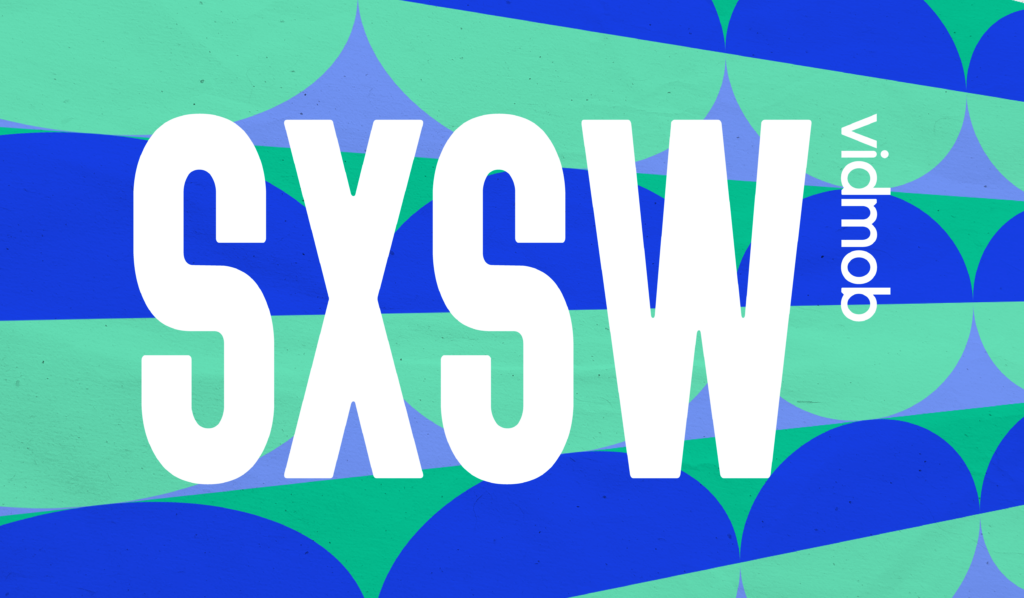Driving media efficiencies for Mike’s UK with data-driven creative optimisations

I started working in digital marketing and advertising about 15 years ago, and I remember how times were a bit simpler back then because we mainly had display and search ads to sell, buy, and produce. I also remember how excited I was because I loved how you could put those ads live on websites, track them and optimise their performances simply by pushing a couple of buttons.
Since then, digital has exploded. Social media came, followed by content marketing and then the online video boom. Now we have this proliferation of channels and formats pressuring brands everywhere to design bigger and better marketing strategies, to keep up with massive demand and generate impactful results. But how can marketers cut through the noise and succeed in such a crowded sector, especially if GenAI is going to add even more noise?
Right now, data is the most powerful tool marketers can yield to understand the performance of their campaigns. But what type of data is needed to really elevate a campaign’s performance? Should we still only rely on audience or channel data to improve performance? Given that creative is responsible for 70% of marketing performance, shouldn’t creative data be your new accelerator?
In the Summer of 2022, Mike’s Hard Seltzer launched an online video campaign to promote its range of hard seltzer products in the UK. Being part of AB InBev, with a renowned culture of continuous improvement and experimentation, the Mike’s team worked with us to understand if there were any creative improvements to be made to its campaign. The brand was looking to understand how the presentation of different flavours, cue types, and messaging impacted the performance of its ads.
With these creative curiosities in mind, the Mike’s team decided to run a mid-campaign analysis with a view of implementing optimisations for the second half of the campaign. Our AI/ML technology allowed us to conduct this mid-campaign analysis and optimise the campaign’s creative assets fuelled by new strategic insights on the fly.
Using the VidMob platform, our strategy team revealed many small changes that could have a big impact on the second half of the campaign. For instance, we identified that including the action of pouring a drink increased VTRs when compared to ads that didn’t feature this action. Digging deeper, it was revealed that the sequence and narrative arc of the ad also impacted performance, and opening with a cue rather than a quote was the optimal sequence for increasing views. Lastly, we found that using ‘cheers’ in the closing scene positively impacted the VTR.
With these in-flight findings, we swiftly switched gears and produced 14 new optimised ads to maximise the campaign’s performance. Given each platform has its own set of best practices, we also wanted to ensure these optimised ads would adhere to the media plan. The new ads were created based on normative data from thousands of previous campaigns that ran on Facebook to ensure the study was as thorough as possible, and the exact same targeting was applied to the second phase of the campaign.
While we were confident that our optimisations would improve the campaign’s performance we could’ve never predicted such a big result! Measured against VTR and CTR, the optimised ads dramatically improved the campaign’s performance with an impressive 261% increase in CTR and 89% uplift in VTR.

When you have a client that loves to challenge you, you can’t imagine how excited and proud we were when we are able to showcase such strong results. These cases only strengthen our belief that AI and technology aren’t an enemy of creativity but rather partners in crime to help unlock a brand’s full potential.





